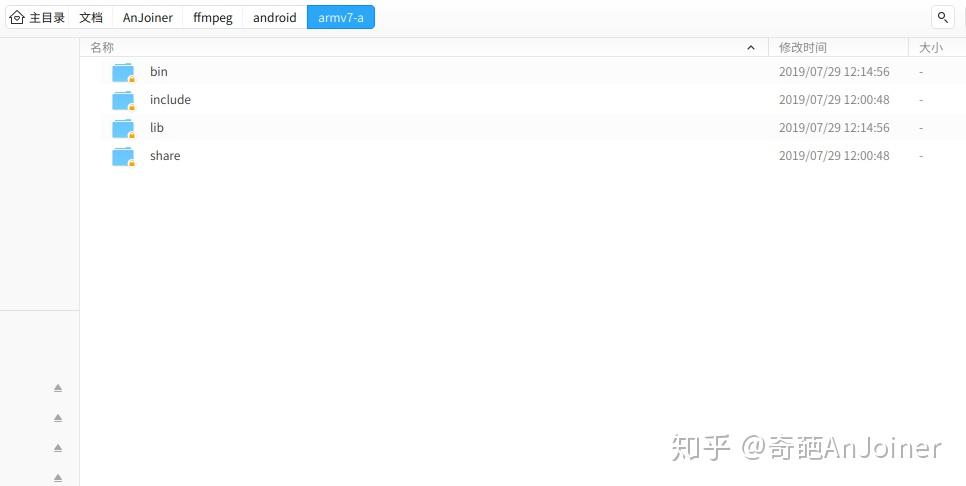

Apart from file reading allowing this permission facilitates reconstructing a file address for a content URI. If you’re going to publish an app to Google Play nowdays it is a must have thing.

Other things good to knowįirst and obvious thing to do in the app is to add Runtime Permission support for READ_EXTERNAL_STORAGE. Your command will look something like this. FFMpeg depends on this file to locate fonts and render you text. This isn’t a new approach, but it helps a lot enabling frame number switching for the most of Android devices. First You need to specify the FONTCONFIGFILE to be used in your command. The app I wrote tries to reconstruct a file address for a content URI it receives in a manner like this. The pipe protocol suits purposes when data has to be read just one time like frame extracting or playing a video without rewinding backward. For example to read a sequence of files split1.mpeg, split2.mpeg. See (ffmpeg-utils)the 'Quoting and escaping' section in the ffmpeg-utils(1) manual. Also sometimes with certain file formats this protocol fails to read frames completely. Special characters must be escaped with backslash or single quotes.

Seeking forward is supported however, as it just skips read bytes. So when a media resource is accessed this way we can’t return back to the beginning and read data from it. The protocol works in general, but has one major disadvantage: it doesn’t support seeking backward. Nexus with Android 4.1. But if I try to run the same application in another device (e.g.
FFMPEG ANDROID ERROR PC
Currently, to run the application, I'm using my tablet (Asus TF 101G with Android version 4.0.3) connected to my pc and it works fine. The nativePointer property also has to be left as is, because it is accessed from the C part in a reflection-style API.Īn example of the C counterpart for the nativeNewFD(fd: Int) looks like this: JNIEXPORT void JNICALL Java_com_javernaut_whatthecodec_VideoFileConfig_nativeNewFD (JNIEnv *env, jobject instance, jint jFileDescriptor). I followed the tutorial at JavaCV site to load javacc and ffmpeg. For JNI a name for a C function has to match the JMV method name, so obfuscation process should skip those JVM methods. One more important thing here: you have to carefully set Proguard rules for such a JVM class. Rule of thumb: a dependant library has to be loaded after all its dependencies.
FFMPEG ANDROID ERROR FOR ANDROID
Note that the order of libraries to load is important, at least for Android API 16 and 17. That call binds external methods to their implementations in C at runtime. In the companion object we have a list of shared libraries to import with System.loadLibrary(). The nativePointer property is actually an address of a C struct, casted to the Long type. The actual implementation resides in the C part. Several methods and properties are marked with external.


 0 kommentar(er)
0 kommentar(er)
